How to clean brake calipers
Keeping your motorcycle's brake calipers clean is essential for effective braking and overall safety. In this guide, we will take you through the steps to clean brake calipers properly, ensuring your bike performs at its best. Learn about tools, techniques, and maintenance tips for lasting performance.
- 25 September 2024
- Published by MD
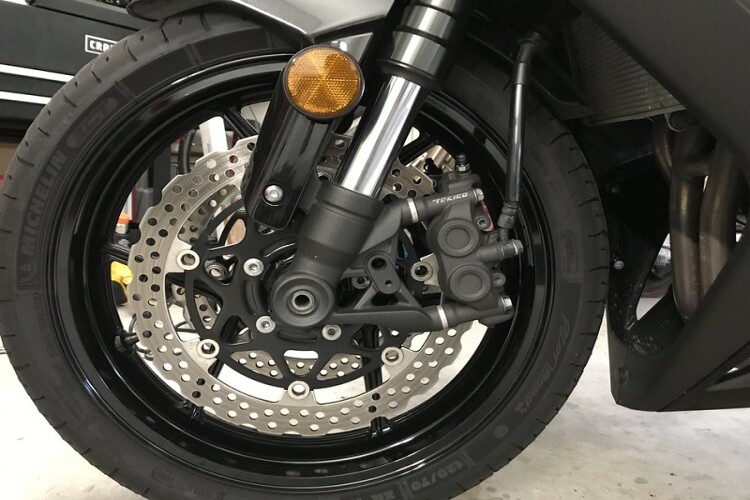
Why Clean Your Brake Calipers?
Brake calipers play a crucial role in the braking system of your motorcycle. They convert the hydraulic pressure from the brake lines into mechanical force, pressing the brake pads against the rotor to slow down the bike. Over time, brake dust, dirt, and grime can accumulate, affecting their performance and potentially leading to costly repairs.
Regular cleaning of your brake calipers not only enhances their functionality but also ensures your safety while riding. Dirty calipers can cause uneven brake wear, reduced responsiveness, and even corrosion. By maintaining clean calipers, you enhance the longevity of your braking system and improve your overall riding experience.
In this guide, we'll outline a step-by-step process to clean your motorcycle brake calipers, discuss the necessary tools, and provide tips on how to maintain them effectively.
Tools You Will Need
Before you start cleaning your brake calipers, gather the necessary tools for the job to ensure a smooth cleaning process. Here’s a handy list:
- Brake cleaner spray
- Soft brush or toothbrush
- Clean rags or microfiber cloth
- Socket wrench set
- Safety goggles and gloves
These tools will help you effectively remove dirt and grime without damaging the crucial components of your braking system. Ensure you wear safety gear to protect yourself from brake cleaner and debris.
The brake cleaner spray is specifically designed to break down brake dust and grime, making it the most critical tool in this process. A soft brush will help reach into tight spaces without scratching the surfaces, and clean rags will be valuable for wiping down and drying afterwards.
Step-by-Step Guide to Cleaning Brake Calipers
Now that you have your tools ready, it's time to dive into the step-by-step cleaning process for your motorcycle brake calipers. Follow these simple steps for an effective clean:
Step 1: Prepare Your Motorcycle
Begin by safely lifting your motorcycle using a bike stand or paddock stand. This will allow you to access the brake calipers easily. Make sure you secure the motorcycle properly to prevent any accidents.
Step 2: Remove the Caliper
Using your socket wrench set, remove the caliper bolts carefully. Once removed, gently slide the caliper off the rotor. It’s essential to handle the caliper with care to avoid damaging the brake line. Make sure to have a container ready to catch any brake fluid that may leak out.
Step 3: Clean the Caliper
Now it's time to use the brake cleaner. Spray the cleaner liberally on the caliper, focusing on the areas with heavy dirt buildup. Use a soft brush or toothbrush to scrub away the grime. Pay particular attention to the pistons and the mounting areas where dirt can accumulate.
Step 4: Any Hard-to-Reach Areas
For hard-to-reach areas, you may use a pipe cleaner or an old toothbrush to dislodge debris. Be gentle, as excessive force can damage mechanical parts. Wipe down the calipers with a clean rag to remove any remaining cleaner and dirt. Ensure it's thoroughly dry before reinstallation.
Reinstallation and Testing
Once you’ve cleaned the brake calipers and everything is dry, it’s time to reinstall them. This part is crucial for your safety while riding.
Step 1: Reattach the Calipers
Align the caliper with the rotor correctly and slide it back into place. Reattach the caliper bolts and tighten them securely according to the manufacturer's specifications. Using a torque wrench is recommended to ensure the correct tightness.
Step 2: Check Brake Pads
Before lowering your bike, take a moment to inspect the brake pads. Ensure they’re in good condition and free of grime. Install new pads if necessary. This is a great opportunity to replace them if they show significant wear.
Step 3: Test the Brakes
Finally, lower your motorcycle and pump the brake lever a few times to seat the caliper against the rotor properly. Take the bike for a short test ride, ensuring everything is functioning correctly and there are no issues with braking.
Maintenance Tips for Long-Lasting Brake Calipers
Keeping your brake calipers clean is just one aspect of maintaining your motorcycle. Incorporate these tips into your routine for optimal performance:
- Regularly check for leaks or signs of wear.
- Inspect brake pads every few hundred miles.
- Use proper cleaning materials to avoid damage.
- Store your motorcycle in a clean, dry place to prevent corrosion.
- Flush brake fluid as recommended by the manufacturer.
By following these maintenance tips, you’ll ensure that your brakes remain in top condition, helping you enjoy a safer ride.
In conclusion, cleaning your motorcycle brake calipers is an essential task that can greatly improve your bike's performance and your safety. With the right tools and a little patience, you can keep your braking system in peak condition, ready for any ride.
You may be also interested in
Go to blog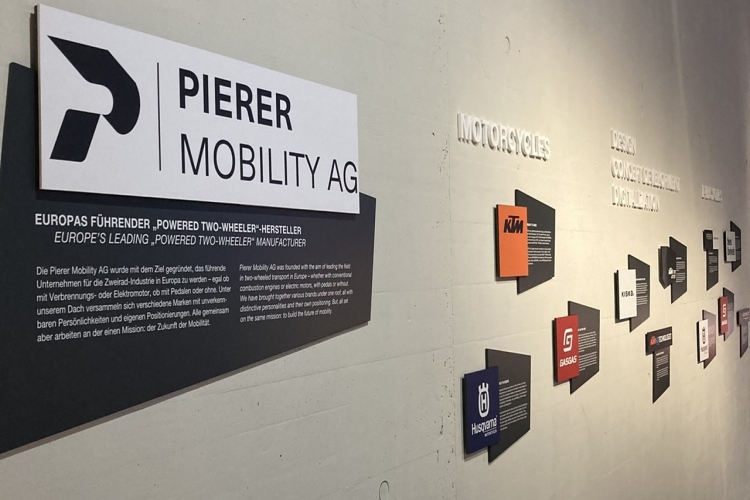
KTM is going bankrupt?
Recently, the media has been circulating numerous reports about the problems of Pierer Mobility AG - the owner of the KTM, Husqvarna, GASGAS and MV Ag...
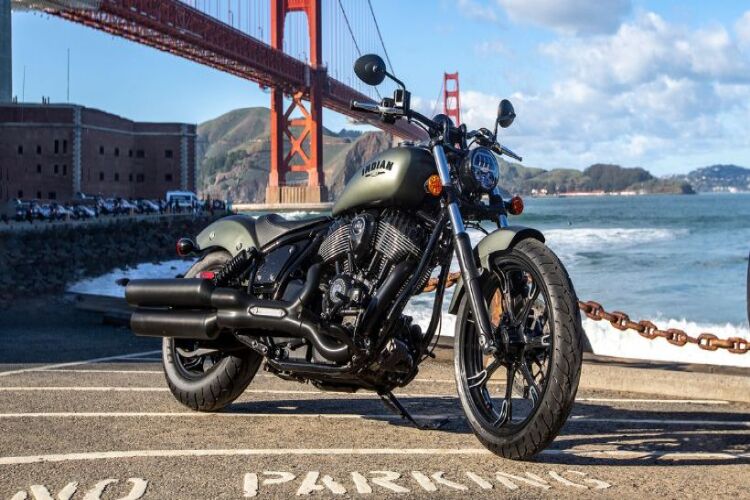
Best Cruiser Motorcycles of 2024-2025
Are you ready to explore the world of cruiser motorcycles in 2024-2025? Whether you're a seasoned rider or just starting out, this year brings an exci...
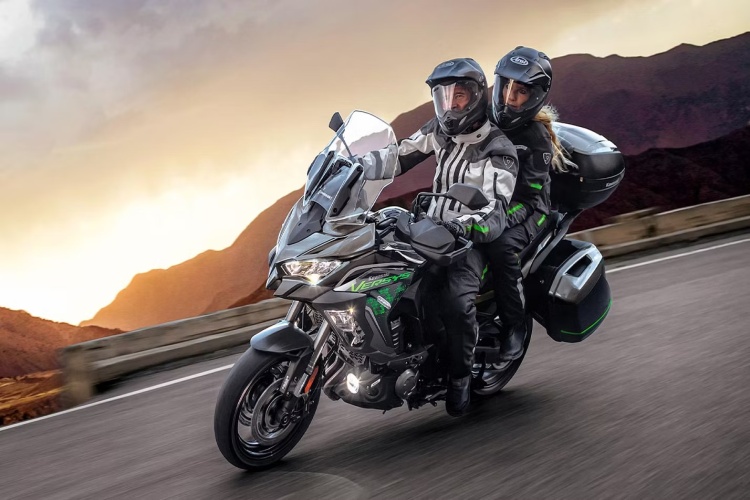
Discover the Best Touring Motorcycles for 2024-2025: Your Ultimate Guide to Adventure
Are you ready to hit the road and explore the world on two wheels? The years of 2024-2025 are set to bring a thrilling array of sports tourer motorcyc...
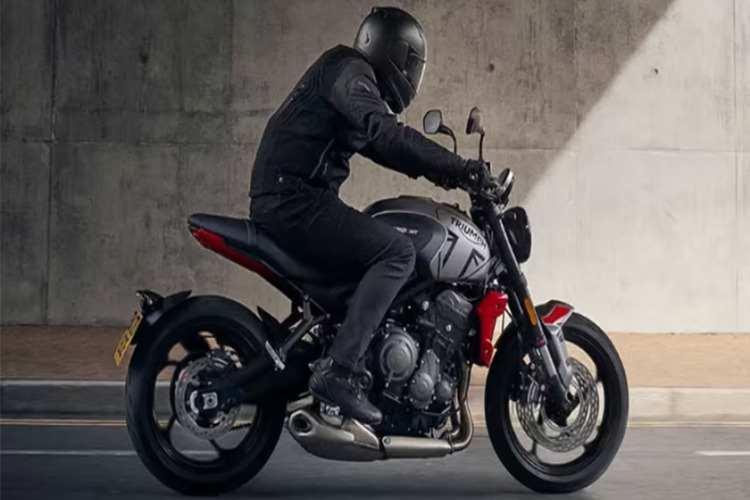
What is a naked motorbike?
Discover the world of naked motorbikes, characterized by their stripped-down aesthetics and versatile performance. This article explores the features,...

How does finance work on a motorcycle
Understanding motorcycle finance is essential for riders looking to purchase their dream bike. This article explores various financing options, includ...
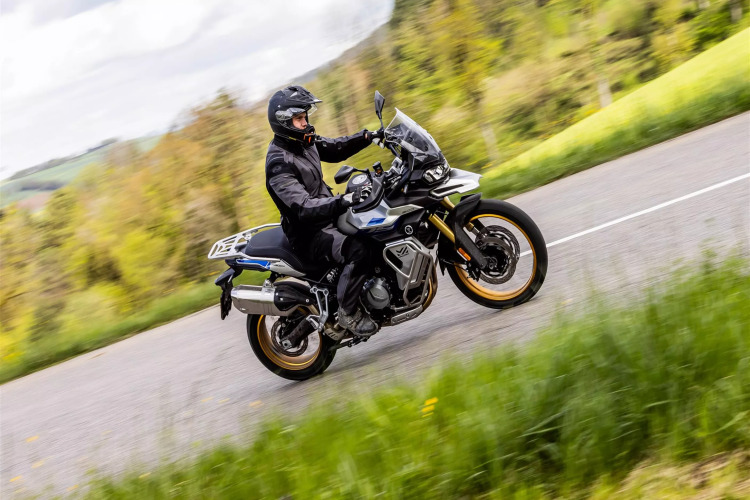
Voge 900 DSX 2024 review
Discover the Voge 900 DSX 2024 in our detailed review! This adventure motorcycle blends style, performance, and technology, making it an exciting choi...
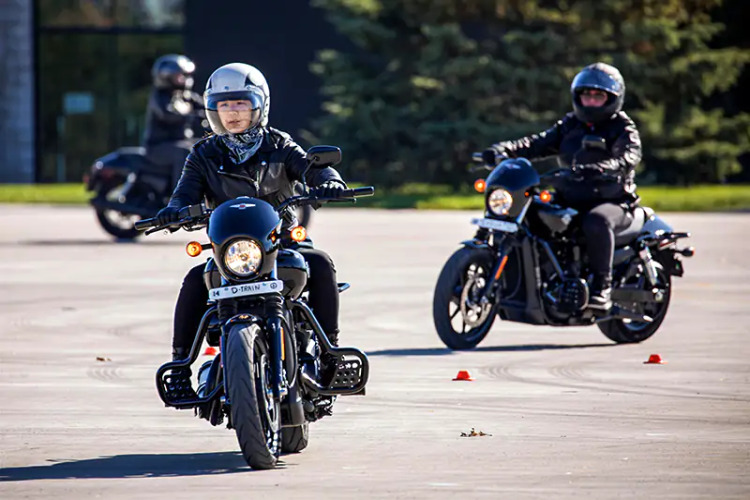
How to ride a motorcycle - First beginner's steps
Are you eager to learn how to ride a motorcycle? This beginner's guide covers essential steps, from choosing the right bike to understanding safety ge...
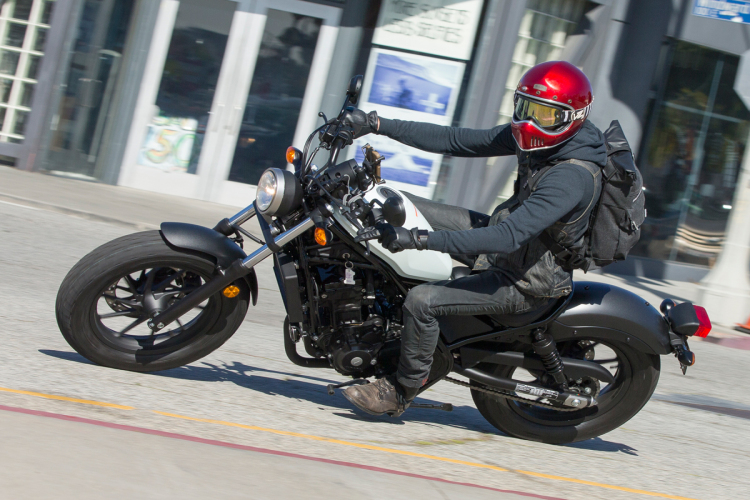
Best beginner motorcycle
Finding the best beginner motorcycle can be a daunting task. This guide explores top models that combine ease of handling, lightweight designs, and af...
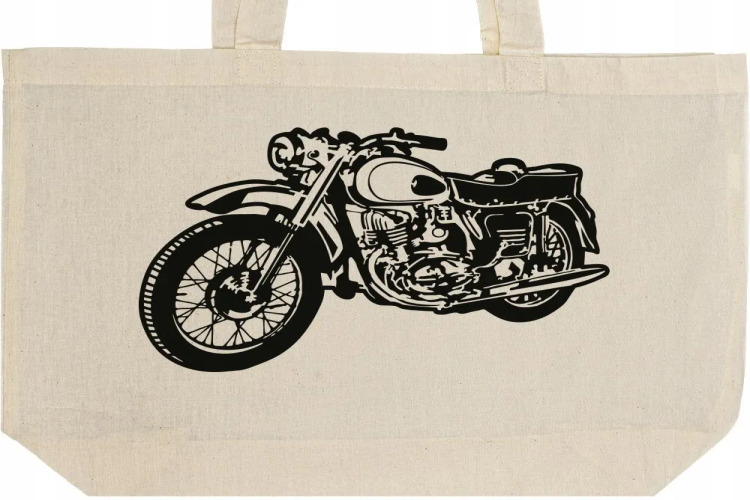
Buy motorcycle online - simple procedure with MotoDealers UK
Discover the simple procedure for buying a motorcycle online with MotoDealers UK. Enjoy a hassle-free experience, explore various options, and make yo...
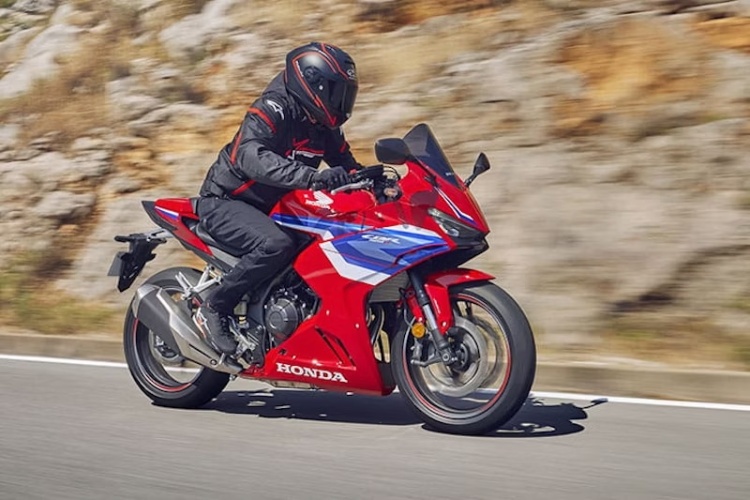
Honda cbr500r near me - one of the most popular bike w UK
Discover the features, performance, and community around the Honda CBR500R, one of the UK's most beloved motorcycles. Whether you're a newbie or a sea...
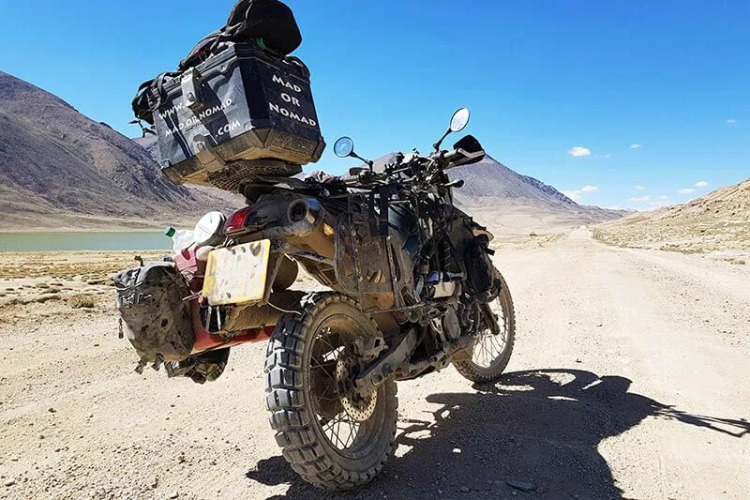
How to pack for motorcycle trip?
Packing for a motorcycle trip requires careful consideration to ensure maximum comfort and safety on the road. This guide covers essential packing tip...
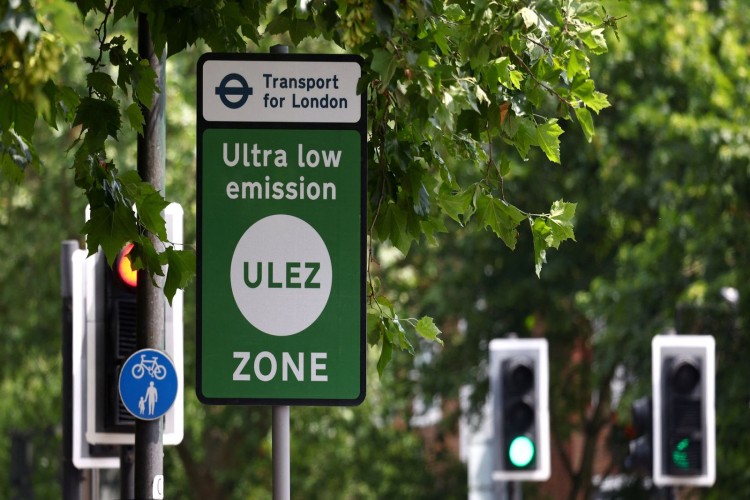
ULEZ charges for motorcycles, scooters and mopeds?
Questions are often asked whether the ultra emission zone (ULEZ) applies to motorcycles and scooters with combustion engines? The answer may upset som...

